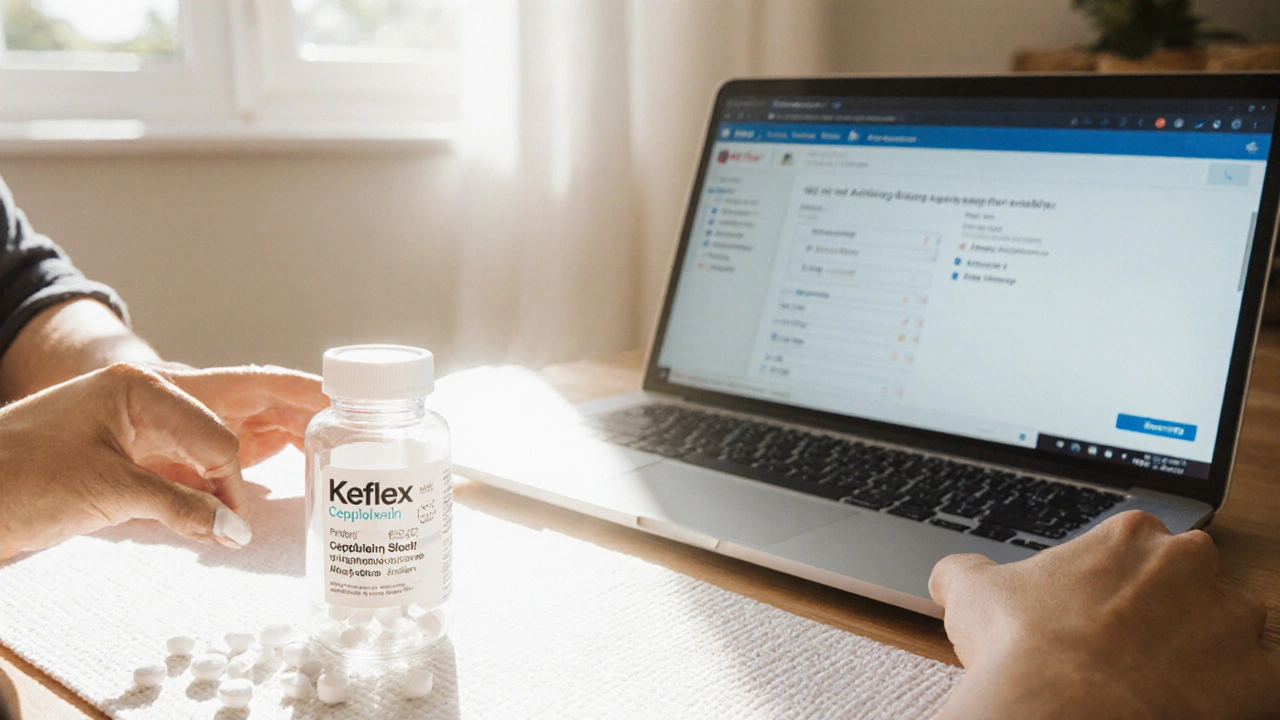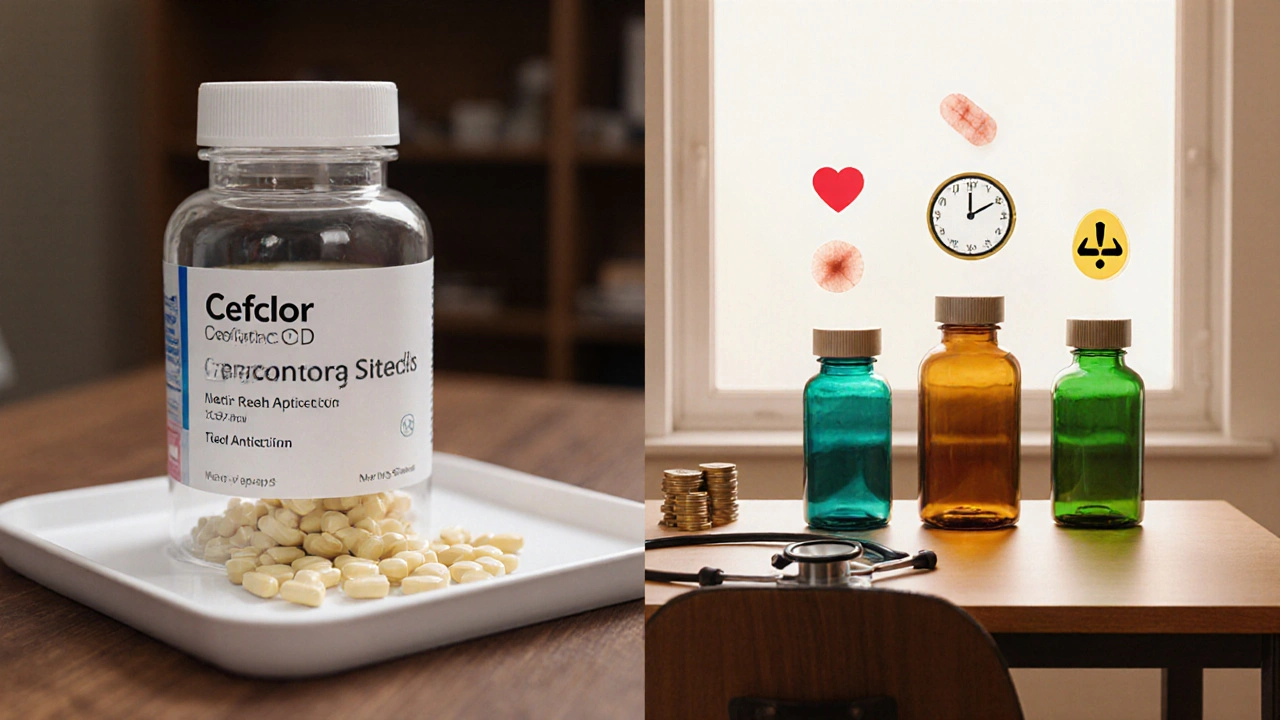
Doxt‑SL (doxycycline) vs Alternative Antibiotics - Detailed Comparison
A detailed side‑by‑side comparison of Doxt‑SL (doxycycline) and six alternative antibiotics, covering efficacy, dosing, side effects, cost and when to choose each option.
When exploring antibiotic alternatives, non‑antibiotic options used to treat or prevent bacterial infections. Also known as non‑antibiotic therapies, it provides a way to manage illness while reducing the pressure that drives resistance. Antibiotic alternatives have moved from niche ideas to mainstream strategies because doctors and patients alike see the downside of over‑relying on traditional antibiotics.
The conversation always circles back to a few core entities. First, antibiotics, drugs that kill or inhibit bacterial growth remain the primary tool for many infections, but their overuse fuels antimicrobial resistance, the ability of microbes to survive drug exposure. When resistance climbs, clinicians turn to natural remedies, plant‑based extracts, essential oils, and other traditional substances with antibacterial properties. Another growing pillar is probiotics, live microorganisms that support a healthy gut flora and can outcompete harmful bacteria. Finally, the underlying condition—bacterial infections, invasions of the body by disease‑causing bacteria—guides which alternative makes sense, whether it’s a mild skin irritation or a deeper respiratory issue.
Putting these pieces together creates a practical decision tree. If a patient has a mild sinus complaint, a clinician might suggest a probiotic supplement to rebalance the nasal microbiome, while reserving antibiotics for confirmed bacterial sinusitis. For minor skin wounds, a tea‑tree oil gel (a natural remedy) can keep bacteria at bay without triggering resistance. When the infection is more severe or the pathogen is known to be resistant, doctors may still need antibiotics but will pair them with adjuncts like targeted phage therapy or high‑dose probiotics to boost outcomes. Across the board, safety checks, dosing guidelines, and evidence‑based research keep the approach grounded.
Below you’ll find a curated list of articles that dive deeper into each of these angles. From guides on buying cheap generic antibiotics safely to side‑by‑side comparisons of common drug alternatives, the collection gives you actionable insights you can apply today. Whether you’re a patient curious about non‑drug options or a professional looking for the latest alternative‑focused research, the posts ahead cover the breadth of the topic and help you make informed choices.

A detailed side‑by‑side comparison of Doxt‑SL (doxycycline) and six alternative antibiotics, covering efficacy, dosing, side effects, cost and when to choose each option.

A detailed guide comparing Keflex (Cephalexin) with common antibiotic alternatives, covering uses, side effects, dosing, safety, and how to choose the right drug.

A clear, side‑by‑side comparison of Ceclor CD (cefaconor) with top antibiotic alternatives, covering uses, dosing, side effects, cost and when to choose each.